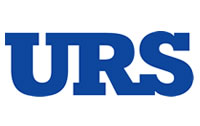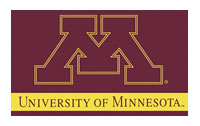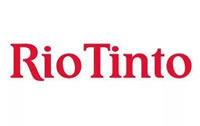Supervisors need leadership development in order to provide direct reports with the right guidance.

I have been writing for Plant Services Magazine since 2009. My target audience has always been managers and supervisors. But I also hope to reach plant managers and senior executives as well as hourly wage employees. Managers and supervisors are where ‘the rubber meets the road,’ and where there is traction related to leadership. Managers and supervisors in a manufacturing plant directly influence about 90% of plant population.
I want to reach plant managers and senior executives because I want to plant seeds that will grow into organization-wide improvement. Hourly wage employees are the folks most affected by good, or poor, leadership. Some hourly wage workers aspire to future positions as supervisors, or they are senior workforce persons and may want to learn a bit about leadership.
The editor of Plant Services Magazine first asked me to write a column, after I presented on practical leadership at a conference. That workshop was developed because I kept seeing recurring patterns in organizations. The pattern was (and is) that most organizations that ask for help were focusing in the wrong area. They would say things like “We need to improve our planning and scheduling,” or “We need to implement Lean.” They would have ready answers for the business case of improving: “We’ll improve labor effectiveness by 15%,” or “Lean will allow us to cut waste and get an ROI of 40%.”
If you ask project leaders why these issues had not been solved before, they answer, “Well, I just became convinced of the importance of planning and scheduling,” or “Our corporate office believes Lean is the way to go.” Answers like that are a pretty good sign that these projects solve symptoms, not root causes, and are unlikely to be sustainable.
Whether the group is in operations, maintenance, or support, no initiative will be sustainable if two things are not present. The two things needed are accountability and leadership capability. Without these foundational elements, there will be no culture or norms to support and sustain improvements.
At each level of leadership there is a senior person and those that report to that person. The senior person must be accountable to provide direction, guidance and assets. Direction includes the mission, vision, values, and objectives. Guidance includes policies, plans, processes, procedures, and measures. Assets are the things needed to carry out the guidance.
The direct reports have accountabilities too. They must execute the current guidance with the assets they are available and to notify the person they report to if there are deficiencies in guidance or assets, or ways to improve (updates). Direct reports can only perform to the level the senior person enables them to perform by providing direction guidance and assets.
The second issue is the leadership capabilities of the leaders, which includes everyone from the senior most executives to the supervisors and lead persons. In our Plant Services/Alidade MER Leadership Surveys, nearly half of all managers and supervisors got insufficient leadership training. Insufficient was defined as not more often than once every five years or never.
Why do leaders need leadership training? First, poor leaders induce dissatisfaction among the people under them. Second, just as tradespersons should be supported in developing their knowledge and skills, so should leaders. A leader’s trade is leadership. Just as craft persons strive to be excellent at their trade, leaders must strive to attain the performance of the team. Good leaders get higher performance. Good leadership improves morale, retention and profitability.
Can’t leaders just learn from experience? People learn from experience. But what experiences are they learning from? If your organization is not controlling leadership development, then you get random leadership capability. That means some leadership ‘mentors’ may be coaching next-generation leaders on the wrong approach to leadership.
I’d love to hear your thoughts on this article, and any leadership challenges you’d like me to write about. I like to deal with actual issues (names will be changed to protect the innocent). Go forth and do great things!
This story originally appeared in the May 2021 issue of Plant Services. Subscribe to Plant Services here.


















